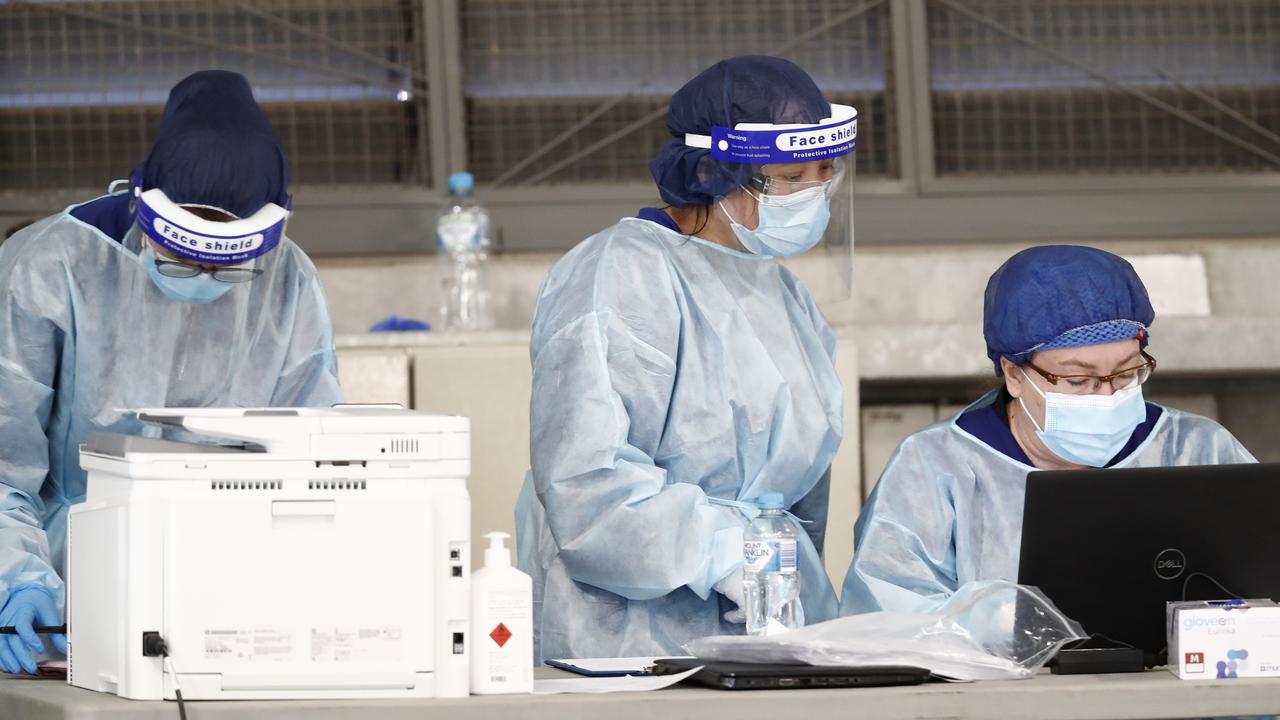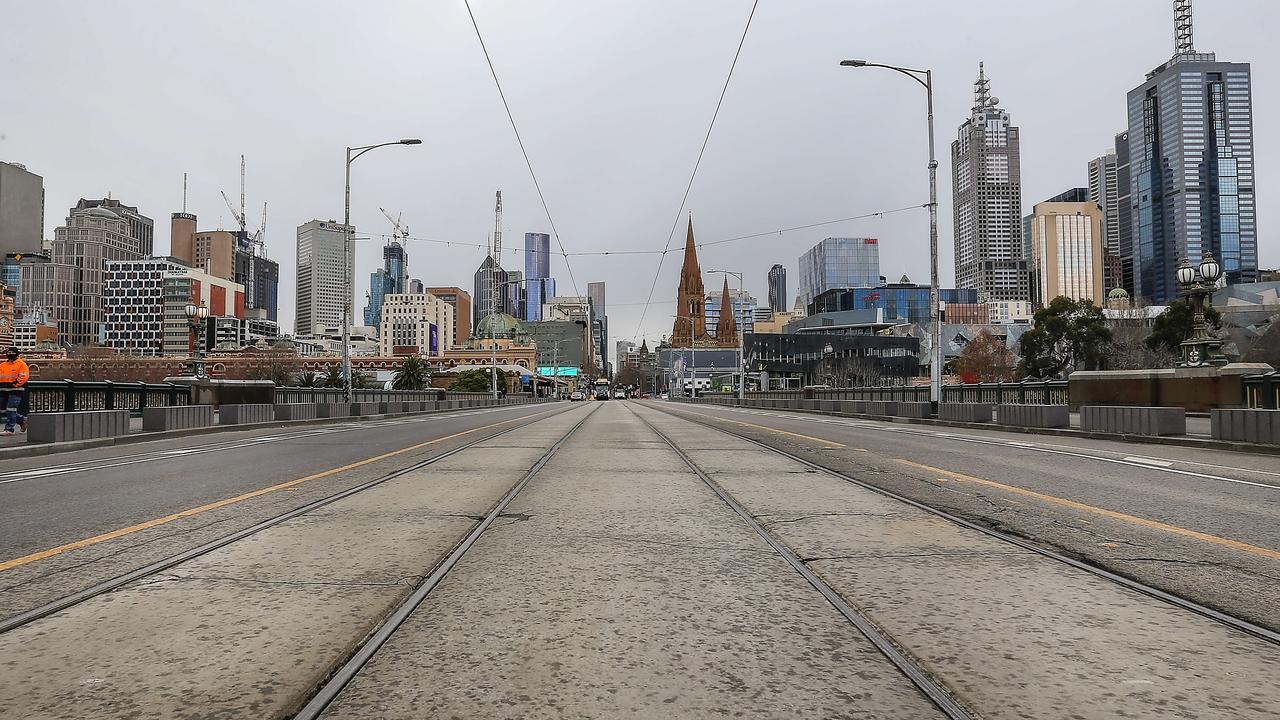Cathy Humphreys: We can’t ignore the terror behind closed doors
THE visible violence in our streets and suburbs is shocking but we can’t let it distract us from the far worse plague of domestic violence, writes Cathy Humphreys.
Opinion
Don't miss out on the headlines from Opinion. Followed categories will be added to My News.
IT is an appalling fact that in Victoria alone, an average of one woman each month is killed by their partner or former partner. Following the Victorian family violence royal commission, strenuous work is being undertaken to curb this intimate terrorism which affects way too many Australian families. But are we doing enough?
FAMILY VIOLENCE SUPPORT SERVICES BRACE FOR CHRISTMAS SPIKE
SPECIAL POLICE UNITS CREATED TO TACKLE FAMILY VIOLENCE
ABS REPORT REVEALS CONFRONTING EXPERIENCE OF VIOLENCE IN AUSTRALIA
At a time when the Prime Minister is yelling for Victorian authorities to do more to manage African youth violence, we need to remember that not all violence is public. The gangs are not in hiding. They are shameless and a clear target for policing and the courts.
Not so domestic violence, where perpetrators lurk behind closed doors terrorising children, partners and ex-partners. The corrosive impact on the lives of children living with domestic violence, psychological and physical injuries and hospital admissions undermine our community as much as public violence.
PricewaterhouseCoopers has estimated that Australian domestic violence costs $21.7 billion each year in health, mental health, justice and housing costs.
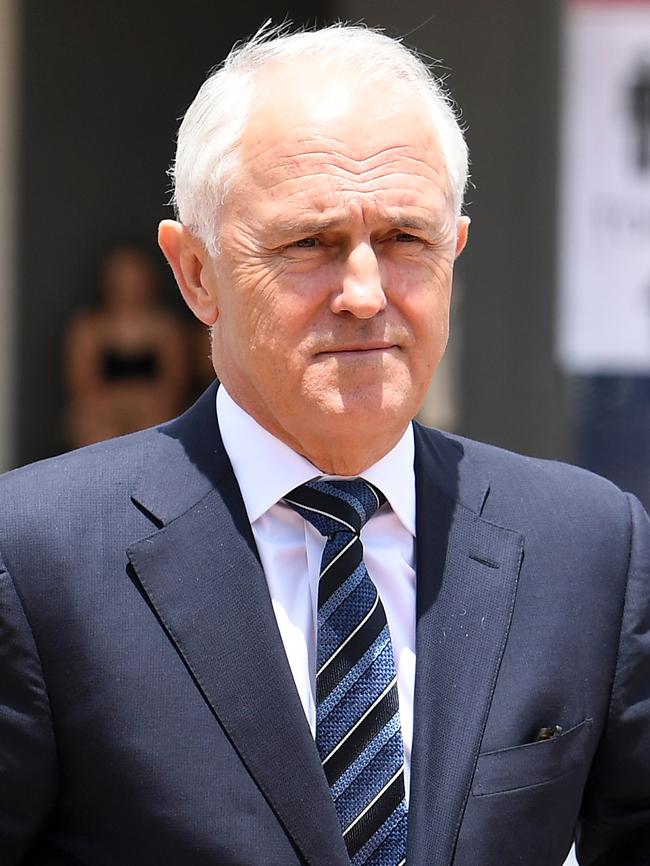
The Victorian government invested almost $2 billion in its last Budget to tackle the problem, but some questioned its commitment to fighting crime as if curbing domestic violence didn’t count in making Victorians safer. Try telling that to the women and children living with domestic violence. Their lives, and working to increase their safety, seemed to count for nothing.
Do we need to be reminded that crimes against women — rape, assault, stalking and murder — are real and the justice response to these outrages is central to the law-and-order agenda in Victoria?
There is no denying that more needs to be done to contain the violence of some African youth. Similarly, more needs to be done to stem the violence perpetrated behind closed doors within families. Frankly, calling for more police, locking up more perpetrators (public or private) and longer sentencing is important, but is not the long-term answer.
The African community has been quick to respond. It has acknowledged the problem of some young people in their communities. Some are disengaged, alienated and unable to cope with the education system where, often after years of trauma, they are expected to become compliant students.
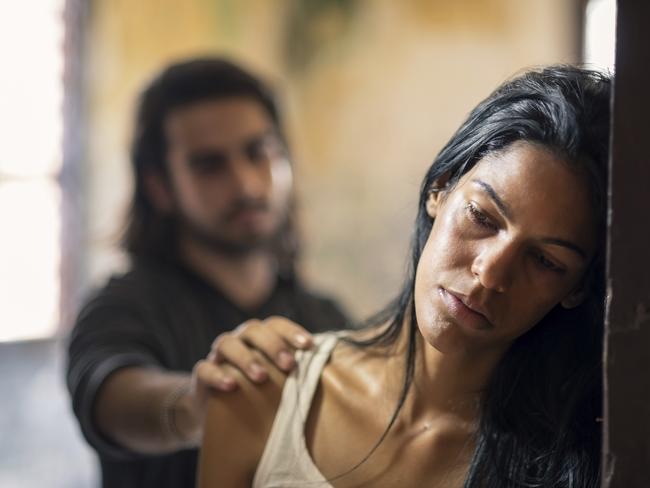
Some point out that resources are inadequate to respond appropriately and early. We were reminded by the Productivity Commission that students in the public school system receive $13,787 per year through state and federal funding, compared with the $527,790 per year that supervised youth detention costs per year. It seems obvious where the funding could be effectively redistributed.
We also have far too many young people living with domestic violence, coming to school traumatised and worried about mothers recovering from injuries experienced the night before. While we need the police and jails, we must also meet the needs of young people and model alternatives to violence by investing in preschools, schools, sporting fields and theatre activities.
Respectful relationships and pro-social attitudes can be taught at school, particularly if absent in the home. They provide the foundations for the community we want to be part of.
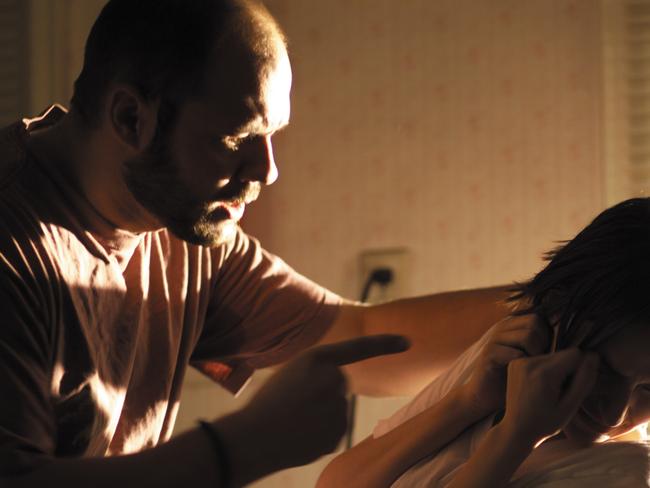
Like African youth, some of whom are also living with domestic and family violence, all homeless and disaffected young people are disproportionately represented in family violence statistics. They are leaving school early, often angry and traumatised.
They need help to break the trajectory of violence that they have been brought up with.
Investment in policing, which is a big focus of the Andrews government, is only part of the answer.
A real investment in youth education, employment, housing, mental health and leisure activities will result in real gains, but it is not a headline-grabbing story. Like domestic violence, this good work will also be invisible.
Such investment will not win elections fought on fear and the targeting of marginalised African young people.
But a genuine focus on the health and wellbeing of our young people can make a real difference to our community in the long-term.
It could even help to save the lives of their future partners.
Cathy Humphreys is Professor of Social Work, University of Melbourne

